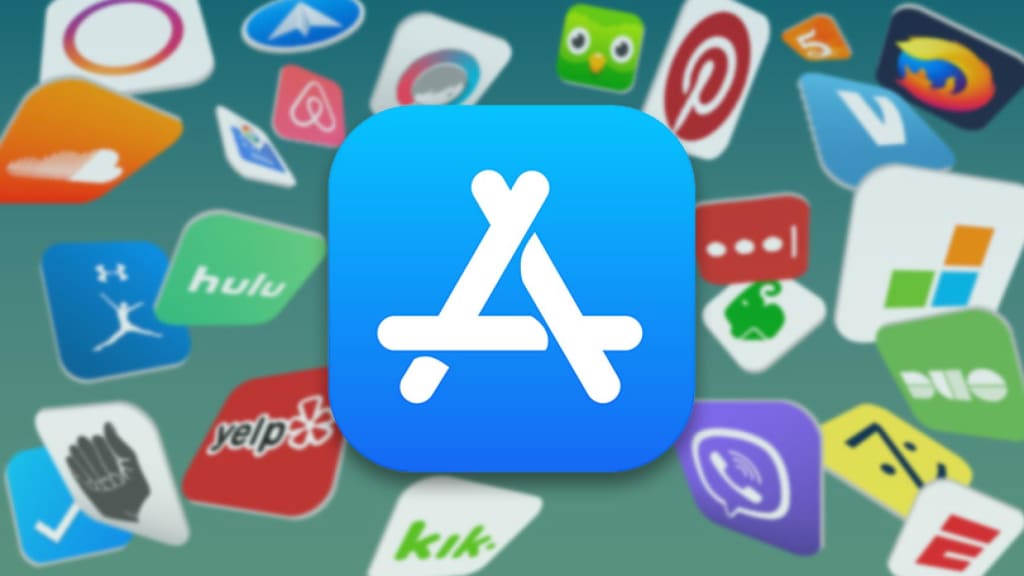How to create an iPhone app
Developing iOS apps is fun and rewarding. Where do you start? This instruction will help you understand the basic principles of creating applications for iPad and iPhone. It provides a step-by-step process for developing a Timer application in Xcode by Apple.

1. Even if you haven't written a single line of Swift code yet, this guide will help you create your first application and run it in the Simulator application built into Xcode. The simulator makes it possible to analyze the operation and interface of the application as if it were running on an iOS device.
To create applications, you need a Mac with OS X 10.9.4 or later and Apple's Integrated Development Environment (IDE) Xcode (latest version). It includes a source code editor, a graphical user interface editor, and other functional tools. Xcode has a development kit for iOS - the iOS SDK. It is a set of tools that includes the tools, compilers, and frameworks needed for iOS development.
Sometimes there are problems with the creation tools on the web. I recommend using ios vpn to pass the blocking of your ip, since some countries do not allow users of other countries to use it.
2. Xcode has built-in templates that are used to develop common types of iOS applications: games, navigation applications, and tabular applications.
These templates have a pre-configured interface and ready-made source files. We'll choose a simple template: Single View Application.
Working with this template will help you understand the basics of iOS app development: the basic structure of an app and how code is rendered on the screen.
3. The Project Navigation menu contains a list of project files. Select the file named "Main.storyboard".
This file is "responsible" for the interface of our application. After creating the project, we have one empty window there, which will be the starting window of our application.
Let's add two controls to it: "Label" and "Button". They need to be found in the Object Library menu in the lower right corner of the project. In turn, drag them to the application window.
The application interface is almost ready. Now we need to bind the controls to the code so that we can program them. This is done as follows: first you need to click on the "Assistant editor" button in the upper right corner of Xcode. The code editor and interface file will open in one window.
After that it is necessary to select the first “Label” element and, holding down the left CTRL key, drag it to the code editing window, and release it there.
An auxiliary window will appear where you need to set the name of our element, for example "timerDisplay", and click the "connect" button in it.
We need to do a similar operation with the "Button" element, but let's call it "timerStartStop".
4. Now you need to open the ViewController.swift file from the Project Navigation menu. This file is responsible for the code that will be executed when our only application window starts.
5. Everything should now work as we programmed. To test the operation of the application, you need to run the project using the "Build" button in the upper left corner.
Congratulations! You've created your first Timer app!
Liked? So you are on the right track! Now you can safely start implementing your ideas. Remember - it is better to start with a small program and gradually develop and complicate it.
About the Creator
Jeffrey Jimenez
I have been working as an application developer for about 5 years. From childhood I were interested in computer and mobile technologies. I was always interested in how everything works. I play musical instruments and run in the morning.






Comments
There are no comments for this story
Be the first to respond and start the conversation.